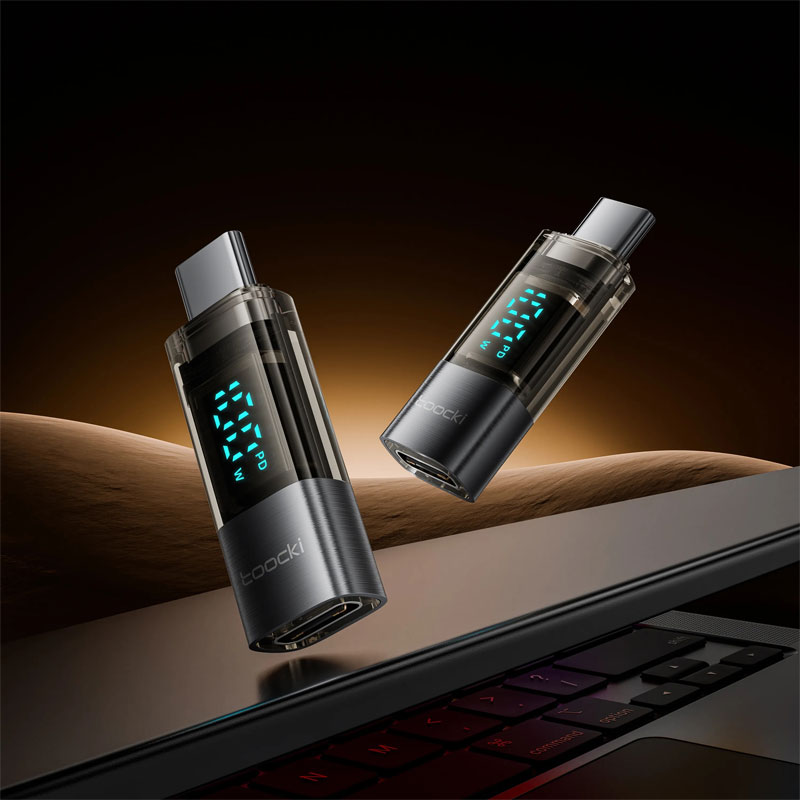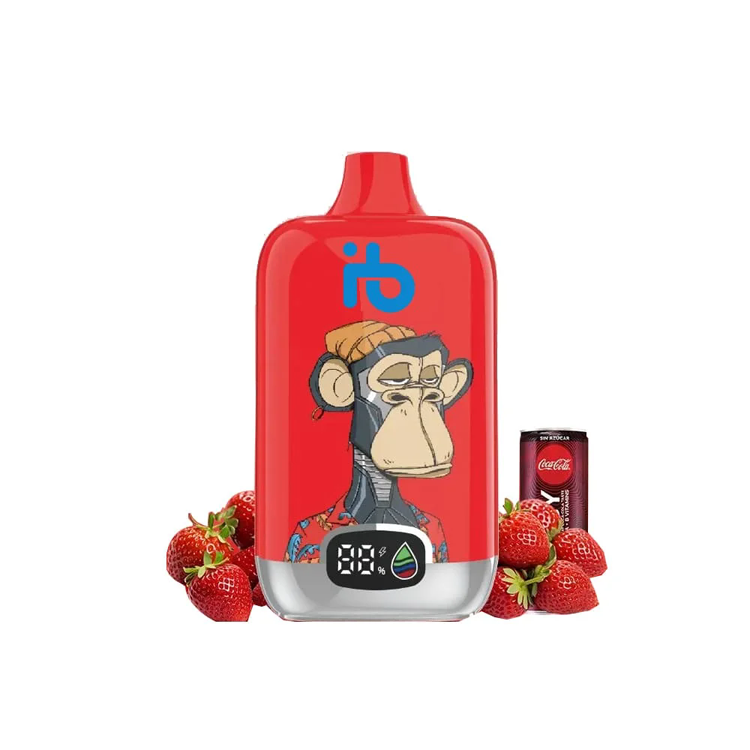
In the rapidly evolving world of electronic cigarettes, Juul has managed to capture significant attention and market share. Understanding what made Juul stand out from other electronic-cigarette products is crucial for both consumers and competitors. Several factors contribute to Juul’s unique position, ranging from its sleek design to its strategic marketing and technological innovations.
Design and Technology
Juul’s design is one of its most prominent distinguishing factors. It offers a compact, minimalistic look that resembles a USB flash drive, which is appealing to younger demographics looking for discretion and portability. The ease of use is enhanced by its intuitive draw-activated firing system, eliminating physical buttons and creating a seamless vaping experience. Additionally, Juul employs advanced temperature regulation technology, ensuring consistent vapor production and preventing overheating, a feature that many competitors struggled to perfect.
Nicotine Salt Innovation

Another groundbreaking aspect of Juul is its use of nicotine salts rather than freebase nicotine. This innovation allows for higher nicotine concentration without the harsh throat hit, mimicking the sensation of smoking traditional cigarettes more closely. This has provided Juul with an edge, especially among those transitioning from smoking to vaping. The proprietary formulation creates satisfaction levels that were previously difficult to achieve with older e-cigarette models.

Strategic Marketing
Juul’s marketing strategy has effectively tapped into social media platforms, catering to a younger audience by emphasizing lifestyle appeal over traditional advertising forms. Initially targeting millennials, Juul’s campaigns cleverly combined sleek imagery with user testimonials, fostering a community around its product. As a result, Juul became not just an e-cigarette but a cultural phenomenon, drastically increasing its market presence.
Sustainability and Regulation Challenges
While Juul quickly rose to prominence, sustainability and regulation have posed significant challenges. The brand’s commitment to preventing youth access and ensuring product safety led to initiatives like age verification technology and reformulated product variants with lower nicotine levels for regulated regions.
Competition and Market Impact
Juul’s impact on the market has triggered responses from established tobacco giants and new e-cigarette competitors, resulting in market shifts and innovation waves. As Juul continues to evolve, both technological advancements and regulatory compliance are likely to play pivotal roles in maintaining its competitive edge.
- How has Juul adapted to regulatory changes? Juul has implemented various measures such as age verification, reduced nicotine options, and transparent labeling to comply with different market regulations globally.
- What are the potential health impacts of Juul compared to traditional cigarettes? While Juul claims to be a safer alternative owing to reduced harmful chemicals than conventional smoking, research into the long-term health effects is still ongoing.
- Can Juul’s nicotine salt formulation increase addiction risks? Although Juul’s nicotine salts provide a more satisfying experience, critics argue that the higher nicotine content may heighten addiction concerns, necessitating careful usage among consumers.

Juul’s journey in the electronic cigarette market is a testament to the power of innovation, strategic branding, and adaptability. By understanding these elements, one can gain insights into not only Juul’s success but also the evolving landscape of vaping technology.